State of Uttar Pradesh v. Chandra Mohan Nigam & Others

Core point: Under Rule 16(3)second committee on the same record—unless new, exceptional facts arise or the next scheduled review is due.
Also: Ideas from preventive detention cases about fair representation do not apply to compulsory retirement. Retirement is a service rule step and carries no stigma like a criminal or liberty matter.
- Is a second Review Committee under Rule 16(3) justified on the same materials?
- Do preventive detention principles on representation govern compulsory retirement orders?
- Binding instructions: Government instructions under Rule 16(3) are part of service conditions and ensure uniform practice. They are binding.
- Second review test: Not allowed on the same record unless new exceptional circumstances arise or the next review stage arrives.
- Detention vs retirement: Detention safeguards are about personal liberty. Compulsory retirement is administrative and non-stigmatising.
State (Appellant)
- Second review was within power under Rule 16(3).
- Preventive detention cases do not control service reviews.
Nigam (Respondent)
- Instructions under Rule 16(3) bind the Government.
- No fresh material; second review was unauthorised and prejudicial.
- Instructions bind: Rule 16(3) lacks internal criteria; official instructions supply a fair, uniform procedure and are binding.
- No second review on same record: After a favourable first review and no contrary Central decision, a second Review Committee has no warrant unless new exceptional facts emerge or the next review is due.
- Different domains: Preventive detention principles about representation do not apply to non-stigma compulsory retirement.
| Final Outcome | Details |
|---|---|
| Second Review Invalid | Action based on the second committee, without fresh material, was contrary to the Rule 16(3) scheme and instructions. |
Government must follow Rule 16(3) instructions. A second review on the same material is barred unless new exceptional circumstances arise or the next review stage arrives.
- Prevents repeat reviews used to reach a harsher outcome without new facts.
- Protects fairness and uniformity in civil service decisions.
- Separates liberty cases from service rule retirements.
- Rule 16(3) instructions are binding.
- No second review on the same record without new, exceptional material.
- Compulsory retirement ≠ preventive detention; different rights and tests.
Mnemonic: “ONE REVIEW, THEN NEW VIEW”
- One Review: First committee decides per instructions.
- Then? Only if new facts or next stage arises.
- Else: No second review on the same material.
Issue: Could the State set up a second Review Committee under Rule 16(3) on the same record?
Rule: Instructions under Rule 16(3) are binding; second review needs new exceptional material or the next scheduled review.
Application: First review cleared continuance; Centre did not disagree. No new facts surfaced before the second review.
Conclusion: Second review had no warrant; compulsory retirement based on it could not stand.
- Rule 16(3)
- AIS (DCRB) Rules process to review an officer’s continuance at certain ages/stages.
- Compulsory Retirement
- Administrative exit without stigma, based on service interest; not a punishment.
- Exceptional Circumstances
- Fresh, significant facts justifying a new look before the next scheduled review.
Baikuntha Nath Das v. Chief District Medical Officer
Key guidelines on compulsory retirement and scope of judicial review.
State of Gujarat v. Umedbhai M. Patel
Explains when compulsory retirement can be used in public interest.
- CASE_TITLE: State of Uttar Pradesh v. Chandra Mohan Nigam & Others
- PRIMARY_KEYWORDS: Rule 16(3); second review committee; compulsory retirement
- SECONDARY_KEYWORDS: AIS DCRB Rules 1958; preventive detention analogy; service law; binding instructions
- PUBLISH_DATE: 23-10-2025
- AUTHOR_NAME: Gulzar Hashmi
- LOCATION: India
- Slug:
state-of-uttar-pradesh-v-chandra-mohan-nigam-others
Share
Related Post
Tags
Archive
Popular & Recent Post























































































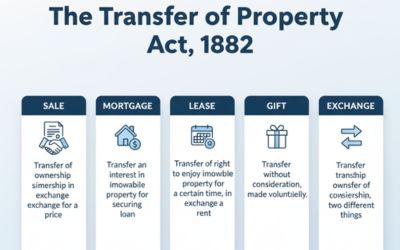
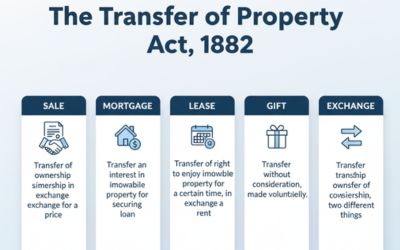

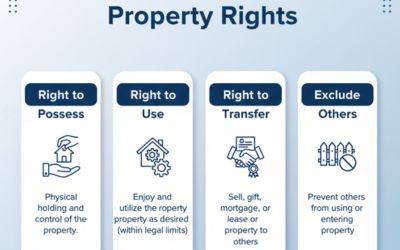
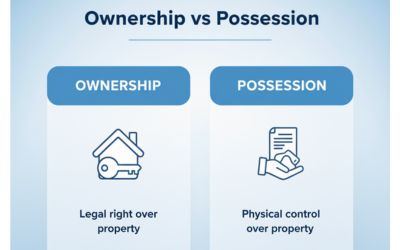






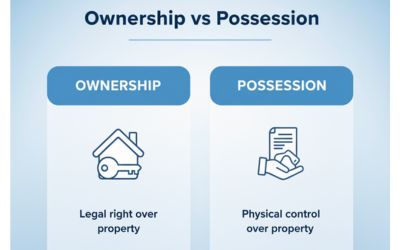

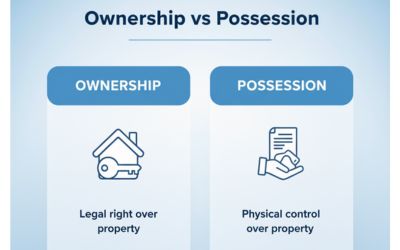



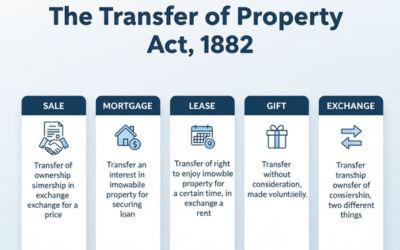
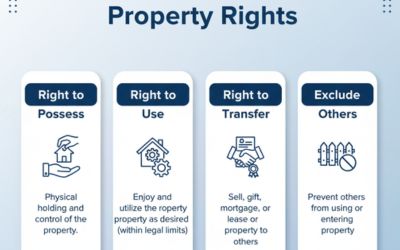


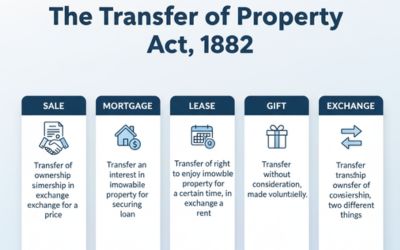




























































Comment
Nothing for now